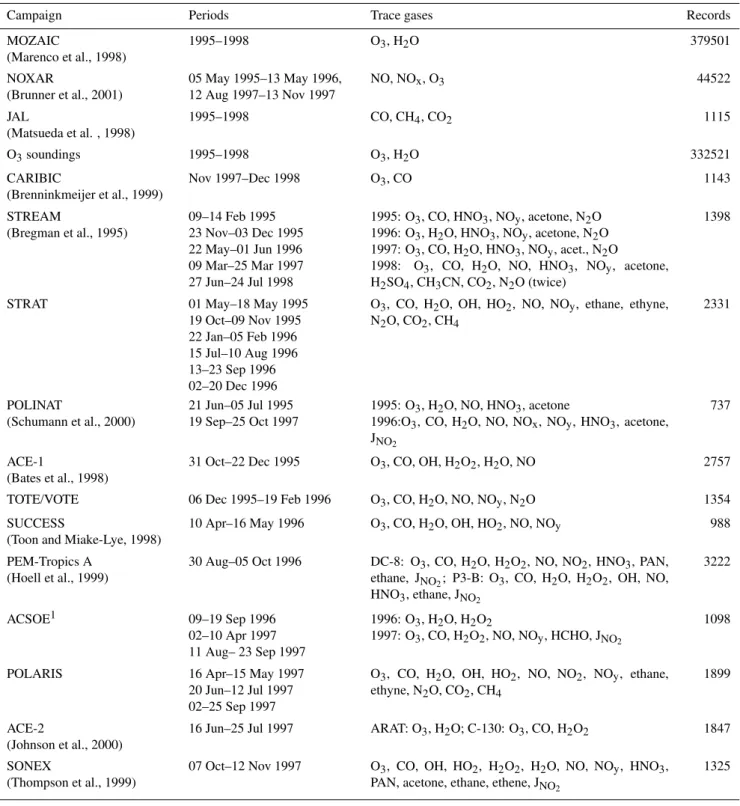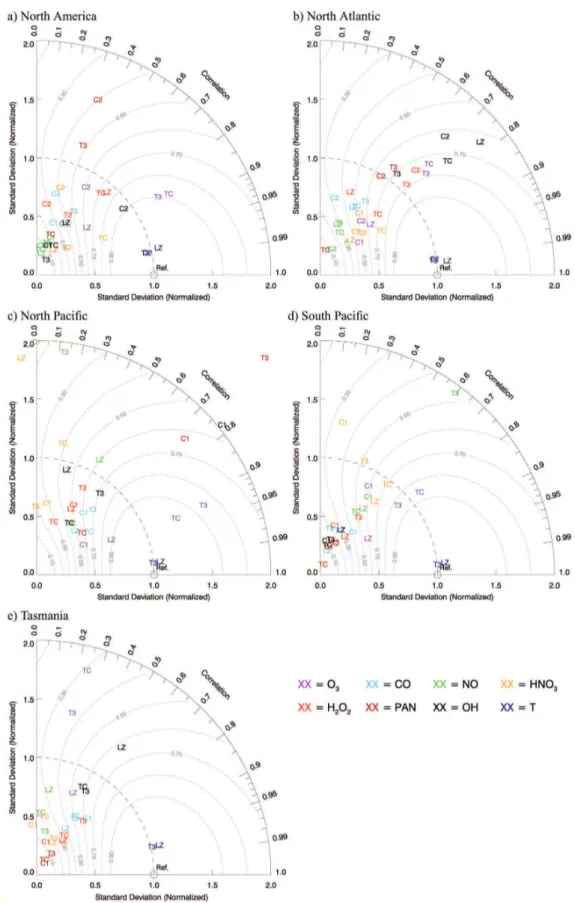An evaluation of the performance of chemistry transport models by comparison with research aircraft observations. Part 1: Concepts and overall model performance
Texto
Imagem




Documentos relacionados
Tropospheric chemistry and air quality processes were implemented on-line in the Global Environmental Multiscale model.. The integrated model, GEM-AQ, has been developed as a
As a part of the IPY project POLARCAT (Po- lar Study using Aircraft, Remote Sensing, Surface Mea- surements and Models, of Climate, Chemistry, Aerosols and Transport) and building
In this study we incorporated an interactive tropospheric sulfur chemistry scheme into a global climate-chemistry model (GCCM) (Wong et al., 2004) to estimate radiative forcing
Using the combined chemistry and transport models with air masses originating only above Indonesian fires and allowing 10 days for chemical processing, an estimated 3.1 Tg of ozone
considering the possibility of tropospheric transport from polluted areas, stratospheric intrusions, meridional transport in the stratosphere and production by lightning, in a
Due to the reduced photolysis rates in the troposphere associated with the strato- sphere ozone recovery, the global tropospheric ozone burden is calculated to
In a di ff erent study with a di ff erent model, inclusion of tropospheric bromine, iodine and chlorine chemistry led to topical tropospheric marine average O 3 columns to decrease
Both AR4 models with prescribed ozone recovery and coupled chemistry-climate models with projected reduction of atmospheric chlorine loading all predict highly consistent





